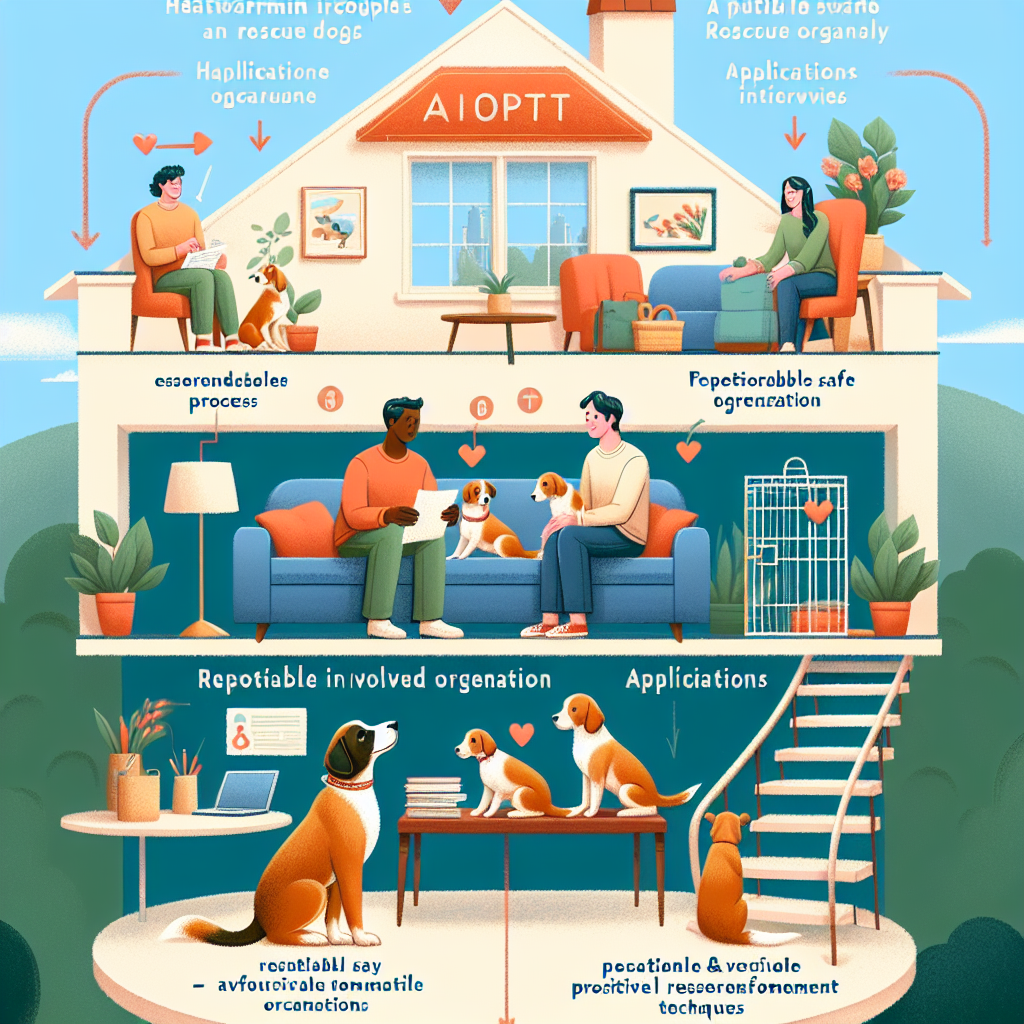Contents
Introduction
Adopting a dog is one of the most rewarding decisions you can make, and choosing to rescue an Africanis dog adds a layer of compassion and purpose to that choice. Africanis dogs, known for their intelligence, resilience, and loyal nature, make incredible companions. However, many of these wonderful dogs end up in shelters or rescue organizations, waiting for a forever home. By adopting, you not only provide a loving home to a dog in need but also help alleviate the burden on shelters and contribute to animal welfare. This guide walks you through the process of adopting an Africanis dog, from finding a reputable rescue to preparing for their arrival.
Rescue Organizations
Finding the right rescue organization is a crucial first step in your adoption journey. Reputable organizations will ensure that their dogs are healthy, vaccinated, and matched to suitable homes.
1. Organizations Specializing in Africanis Dogs
- Local Shelters: Many local animal shelters have Africanis dogs available for adoption. Check online directories or visit your nearest shelter.
- Breed-Specific Rescues: Organizations dedicated to Africanis dogs or mixed breeds with similar traits are a great resource. Examples may include African dog rescue groups or broader South African animal welfare groups.
- International Rescues: If you’re open to adopting from outside your country, look for South African-based rescues that work to rehome Africanis dogs globally.
2. Tips for Locating Rescues
- Use online platforms like Petfinder, Adopt-a-Pet, or breed-specific websites to search for available Africanis dogs.
- Join social media groups or forums focused on Africanis dog enthusiasts or rescue networks.
- Reach out to veterinary clinics or animal welfare organisations for recommendations on trusted rescues.
The Adoption Process
The adoption process is designed to ensure that the dog is placed in a loving, safe, and suitable environment. Understanding each step will help you navigate the journey smoothly.
1. Application
Most rescues require you to complete an adoption application. This includes questions about your living situation, work schedule, experience with dogs, and preferences regarding age, size, and temperament.
2. Interview and Home Visit
After reviewing your application, the rescue may conduct an interview and, in some cases, a home visit. This helps ensure that your home environment is safe and well-suited to the dog’s needs.
- Interview Tips: Be honest about your experience and lifestyle. If you’re new to dog ownership, express your willingness to learn.
- Home Visit Tips: Ensure your home is dog-proofed, with secure fencing and no hazardous items within reach.
3. Meeting the Dog
Once approved, you’ll have the opportunity to meet the dog. This is a chance to assess compatibility and begin building a connection.
4. Finalising the Adoption
Once you and the rescue agree that the dog is a good fit, you’ll sign an adoption agreement and pay a fee. The fee typically covers vaccinations, spaying or neutering, and other veterinary care.
Preparing for an Adopted Dog
Welcoming a rescue dog into your home requires preparation, patience, and a willingness to adapt to their needs.
1. Preparing Your Home
- Create a Safe Space: Set up a quiet, comfortable area where your dog can retreat as they adjust to their new surroundings.
- Stock Up on Supplies: Include essentials like a bed, leash, collar, ID tags, food, water bowls, and toys.
- Secure Your Environment: Ensure fences are intact, toxic plants or chemicals are out of reach, and your home is free from potential hazards.
2. Transitioning to Your Home
- Go Slow: Allow your dog to explore at their own pace. Avoid overwhelming them with too much attention or activity initially.
- Establish a Routine: Consistent feeding, walking, and sleeping schedules help your dog feel secure.
- Be Patient: Rescue dogs may take time to adjust to their new environment. Behavioural issues like fear or anxiety are common but can improve with time and training.
3. Building Trust and Bonding
- Positive Reinforcement: Reward good behaviour with treats, praise, or playtime.
- Spend Quality Time: Engage in activities your dog enjoys, like walking, playing fetch, or simply sitting together.
- Training and Socialisation: Invest in basic obedience training and gradually introduce your dog to new people and environments.
Conclusion
Adopting an Africanis dog is a journey filled with challenges, growth, and immense reward. By choosing adoption, you provide a second chance to a dog that may have experienced hardship, and in return, you gain a loyal and loving companion. From finding a reputable rescue organisation to preparing your home and building trust, every step of the process brings you closer to a lifelong bond with your Africanis dog. With patience, compassion, and dedication, your adopted Africanis can thrive, becoming a cherished member of your family.


